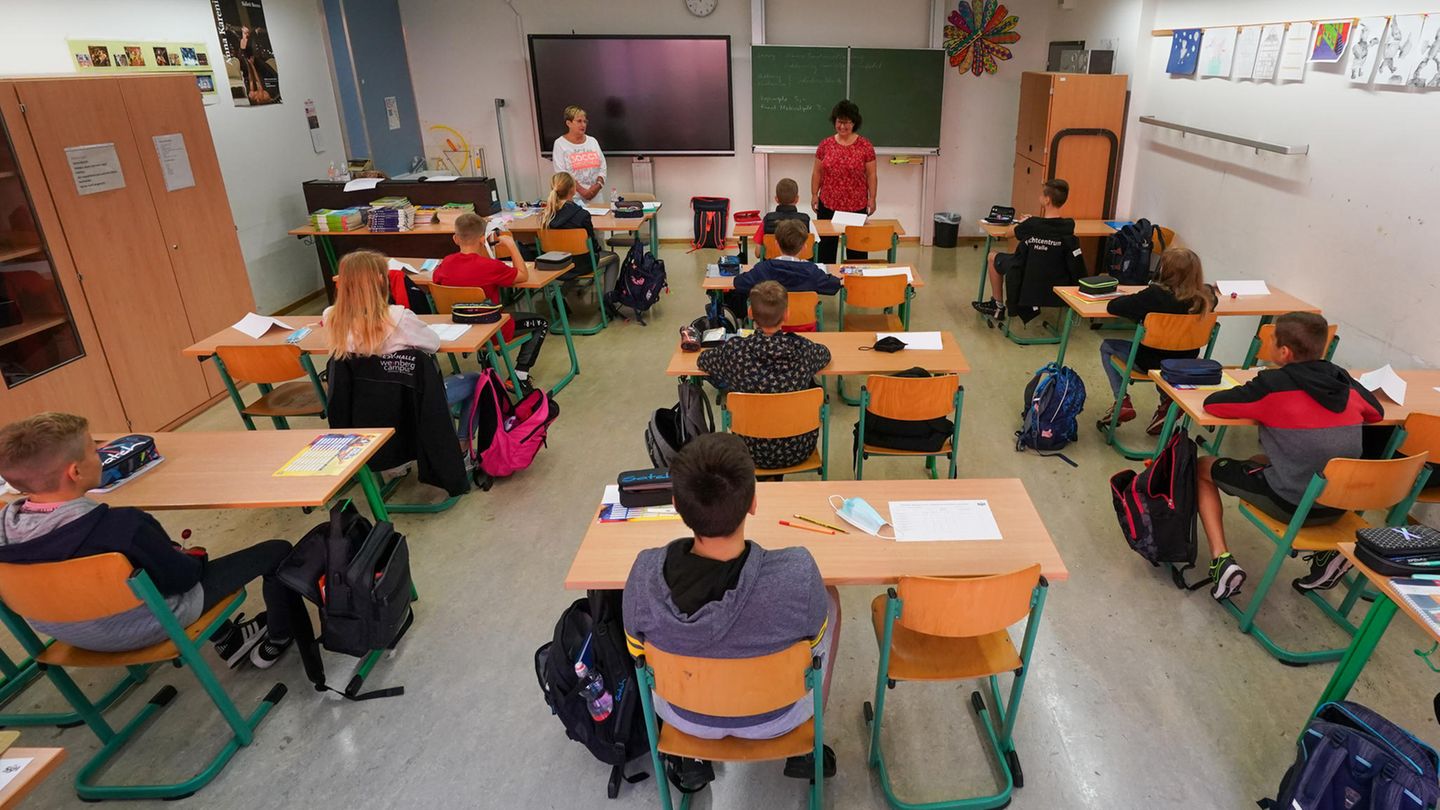Menu
The corona pandemic drivers: does it include schools?
Categories
Most Read
Time change 2025: Shouldn’t this be abolished?
October 24, 2025
No Comments
When was the last time you were grateful?
October 24, 2025
No Comments
Lumbar cushion: The back support for office chairs and car seats
October 23, 2025
No Comments
Make your own soap: instructions and recipes
October 22, 2025
No Comments
Nail biting: How to break the habit
October 20, 2025
No Comments
Latest Posts

New Netflix film: Ruthless documentary about an arrest warrant – “I was already dead”
October 27, 2025
No Comments
Lisa HarrisI am an author and journalist who has worked in the entertainment industry for over a decade. I currently work as a news editor

Shares fly up to 36% in the premarket and bonuses jump after Javier Milei’s victory
October 27, 2025
No Comments
The Argentine stocks and bonds fly this Monday at the New York premarket, after the Javier Milei’s failure in the general electionswhere it exceeded 40%

Nicole Kidman: Actress shines on the catwalk
October 27, 2025
No Comments
Lisa HarrisI am an author and journalist who has worked in the entertainment industry for over a decade. I currently work as a news editor
24 Hours Worlds is a comprehensive source of instant world current affairs, offering up-to-the-minute coverage of breaking news and events from around the globe. With a team of experienced journalists and experts on hand 24/7.

